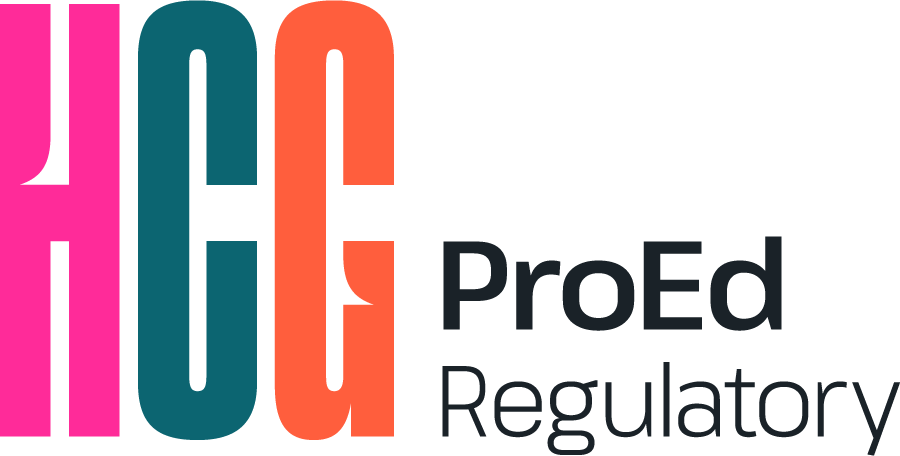The Saga of PI3K Inhibitors: Part 1 — The ODAC Decision
The FDA’s Oncology Division has recently taken a hard stance on PI3K inhibitors, a novel class of drugs that inhibit various isoforms of phosphatidylinositol 3-kinase (PI3K) and are approved for treating blood cancers. Recent actions by the FDA, including withdrawing some approved indications, indicate that they will likely be seeking a higher bar for new…
